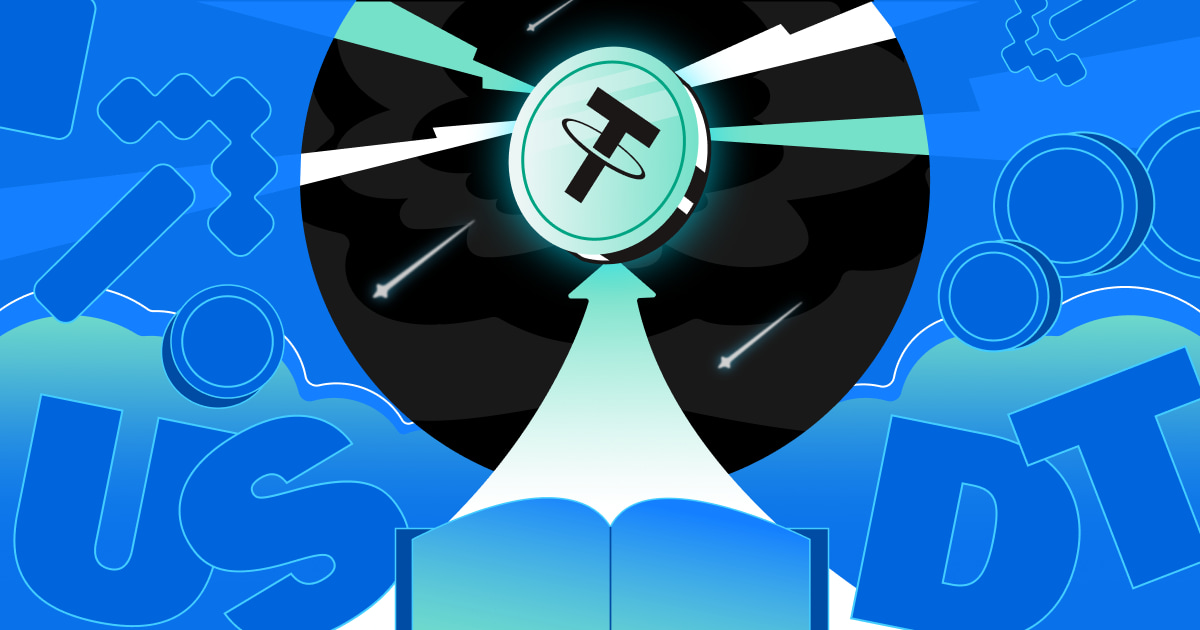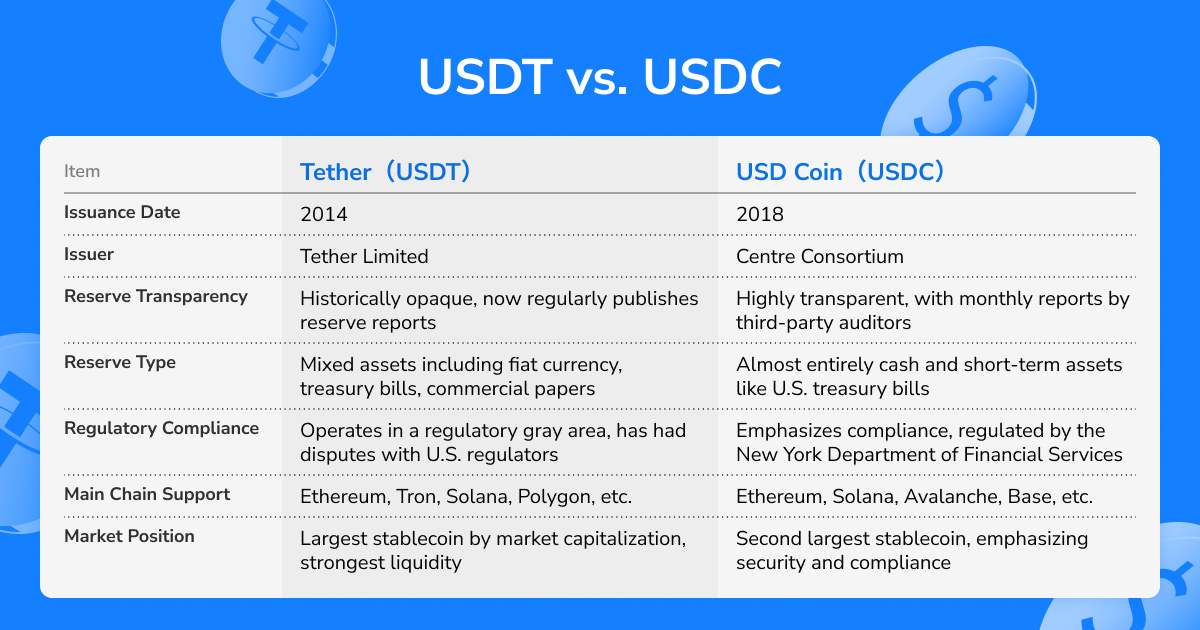A Brief History and Future of Stablecoins

Where Does Traditional Currency Derive Its Value?
The history of money is, at its core, a history of evolving trust frameworks. From tangible objects to paper-backed promises, to abstract symbols relying entirely on national credit, humanity’s consensus on "value" has undergone multiple profound transformations.
In the era of barter, trust was rooted in the intrinsic value of goods themselves. With the appearance of the world’s first paper currency in China’s Northern Song dynasty, money evolved from commodity money to representative money — shifting trust from the object itself to the issuer’s promise of redemption.
In 1944, the Bretton Woods Agreement established the gold standard: the U.S. dollar was pegged to gold, and other currencies were pegged to the dollar. Global trust in currencies came from the dollar’s convertibility into gold. However, as the volume of dollars in circulation far exceeded U.S. gold reserves, President Nixon suspended dollar-gold convertibility on August 15, 1971, ending the gold standard. Since then, the world has entered the era of fiat currency, where trust is based not on physical assets but on confidence in a nation and its central bank’s ability to uphold currency value.
Against this backdrop, stablecoins emerged as a new trust architecture, no longer reliant on a single sovereign credit. Instead, stablecoins use code and algorithms to replicate fiat stability, shifting trust from governments to protocols, smart contracts, and community governance — sparking a new wave of reflection and reshaping of financial order.
The Barriers of Fiat-Bitcoin Exchange
Bitcoin (BTC), a decentralized digital currency introduced by Satoshi Nakamoto in 2008 and launched in 2009, enables peer-to-peer transactions without relying on banks or central authorities. Its blockchain ensures security and privacy.
In 2010, the world’s first Bitcoin exchange, Mt. Gox, enabled users to buy BTC with fiat currencies (like USD). But problems emerged:
During volatile periods: Users often couldn’t trade or withdraw funds promptly.
Slow transactions: Bitcoin deposits required ~6 block confirmations (about 60 minutes). Fiat deposits typically took 1–3 business days via international wire.
By February 2014, after repeated hacks and the loss of 850,000 BTC (worth $450 million), Mt. Gox filed for bankruptcy.
While Bitcoin enabled decentralized value transfer, fiat-BTC exchange remained friction-filled — exposing structural issues in trust and efficiency. This opened the door for stablecoins.
The Birth of Stablecoins
To simplify and speed up fiat-BTC conversions, Brock Pierce, Reeve Collins, and Craig Sellars introduced Realcoin in July 2014 using Omni Layer on Bitcoin’s blockchain. It was renamed Tether (USDT) in November 2014. Their vision: create an easy-to-understand digital dollar.
Tether pioneered the fiat-collateralized model — every USDT token was supposedly backed 1:1 by U.S. dollars held by Tether Limited. However, since inception, Tether has faced ongoing criticism over its transparency and the actual existence of reserves, as it has never produced a full independent audit.
In response to growing demand for transparency, USD Coin (USDC) launched in October 2018 — a joint effort by Circle and Coinbase under the Centre consortium. USDC aimed to be not just a dollar stablecoin but a fully transparent, regulated digital currency. Unlike Tether, USDC emphasized monthly attestations by independent auditors and backing by cash or short-term U.S. government securities.

A Crisis of Trust
Terraform Labs’ blockchain project Terra aimed to create a decentralized stablecoin system. But between May 7–8, 2022, its algorithmic stablecoin UST lost its dollar peg, triggering market chaos.
Terra’s Stability Mechanism
Terra relied on two tokens:
UST, a stablecoin pegged to USD.
LUNA, a token used to stabilize UST’s price.
The system encouraged users to burn LUNA to mint UST when UST > $1, increasing supply and lowering price; and burn UST for LUNA when UST < $1, reducing supply and raising price. This dual-burn/mint mechanism was meant to keep UST stable around $1.
Terra’s Collapse
In May 2022, mass UST sell-offs eroded market confidence. UST fell below $1, prompting mass UST burns for LUNA, causing LUNA’s supply to skyrocket and price to crash. This vicious cycle destroyed Terra’s foundation, wiping out over $60 billion in market value.
The crash was a devastating blow to algorithmic stablecoins, proving that without real reserves, stablecoins can collapse once confidence is lost. It also spurred regulators to take stablecoin risks more seriously.
A New Wave of Regulation
Terra’s collapse accelerated regulatory action globally:
• U.S.: Pushing a Stablecoin Act requiring 1:1 high-liquidity reserve backing and banning algorithmic stablecoins.
• EU: The Markets in Crypto-Assets (MiCA) law imposes strict capital, transparency, and operational limits on stablecoins to protect financial stability.
• Asia/Taiwan: Taiwan and other regulators are designing frameworks emphasizing investor protection and financial stability, using Terra as a key case study.
The Present and Future of Stablecoins
Stablecoin regulation is now a global focus. Governments are shifting from passive observation to active integration of stablecoins into financial systems.
1. Regulatory momentum
Hong Kong: Its licensing regime under the Stablecoin Bill will take effect on August 1, 2025. Licenses will be issued only to high-quality issuers with real use cases and controllable risks.
U.S.: The GENIUS Act aims to reinforce USD dominance in digital finance, requiring stablecoin reserves in cash or U.S. Treasuries and banning algorithmic models. Circle is seeking trust bank status to align with federal oversight.
Taiwan: The FSC is drafting a Virtual Asset Management Act, but there’s debate with the central bank, which favors stricter regulation treating stablecoins as tokenized payment tools.
FATF (global): Warns of stablecoin risks in illicit finance, calling for stronger transparency and AML measures.
2. Market trends
• Stablecoin market cap hit a record $250 billion this week, cementing its role in global finance.
• USDT remains dominant at 62% market share, but USDC is gaining ground thanks to its compliance focus.
• Emerging challengers like USD1 (linked to the Trump family) show potential for new niche stablecoins.
• Traditional finance is entering the space — e.g., Fiserv plans a Solana-based USD stablecoin for payments.
🚀 Ready to get started? Register with ZONE Wallet today and invest with peace of mind!
[download-app]
About ZONE Wallet
ZONE Wallet is a blockchain investment gateway designed for Taiwanese users.
It combines full regulatory compliance, cutting-edge security, and TWD transaction support, with a mission of making “every crypto transaction safe and secure.”
Start building your crypto portfolio with ease—today.
Investing in virtual assets carries risks related to price volatility and liquidity. The above content is for reference only and does not constitute any financial advice. Please carefully assess your financial situation before investing and be cautious of potential fraud.






